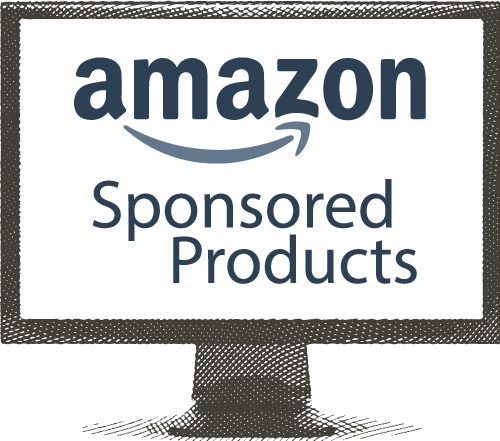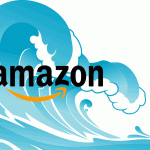A Modest Test Of Amazon’s Sponsored Products Ads
by John Motavalli, Columnist, November 30, 2016

I heard an interesting statistic on TV this week. At least half of the remarkable $3.45 billion in sales on Cyber Monday can be chalked up to Amazon. Half. Last year, the most common figure cited was 36%. Best Buy, the closest retailer, gets only about 5-6% of Cyber Monday sales. Looking at a chart on fortune.com (December 11, 2016), I found it remarkable to see mighty Walmart reduced to a pathetic also-ran in this cyber sweepstakes.
An NRF survey conducted by Prosper Insights & Analytics estimates that 122 million consumers were expected to buy, or at least shop, on Cyber Monday. Amazon says that it sold two million toys in the first half of the day. According to Yahoo! Finance, “Amazon says it’s offering 75,000 deals this week. Last year, Amazon customers bought 54 million items on Cyber Monday — a record-breaking 629 items per second. Amazon expects to top that record this year.”
Try to imagine a parallel in a brick-and-mortar store — 629 items a second? How could even a huge chain of actual stores handle that? There aren’t enough minimum wage workers available. It’s mind-boggling.
So that begs a question: If Amazon is going to completely dominate cyber sales, how well are advertisers taking advantage of Amazon’s programmatic promotional opportunities?
Perhaps Amazon’s most prominent ad opportunity is its Sponsored Products offer, which places product listings on search results, and works on a pay-per-click basis. Amazon says that during last year’s holiday rush, conversion rates (people who clicked on a Sponsored Products Ad and then bought the product) climbed 16% on Black Friday and 27% higher on Cyber Monday, while mid-December conversions were 42% higher. Return on Ad Spending (ROAS) on Cyber Monday was an average $13 in ad sales revenue for every dollar spent on Sponsored Product ads.
Amazon also claims that 94% of U.S. consumers plan to shop on it over the holidays and 22% do not plan any in-store shopping this season, according to BloomReach’s “State of Amazon 2016” and the Rubicon Project’s “Millions of Consumers Have Already Begun Holiday Shopping,” respectively. Seventy percent of buys were via smartphones, we’re told.
We decided to test Amazon’s Sponsored Products ads for ourselves. Since I have a professional connection to the rare book industry, I tried the search term “19th century books.” Amazon correctly linked me to two products “inspired by your purchases” — two sizes of Sobo Premium Craft and Fabric Glue, which my wife buys for me on Amazon. The glue, and the kind of tape we use, also appeared on the home page when I signed on. I was impressed that they got it right.
On the other hand, the books they offered up were not so well chosen — 19th Century Patchwork Divas’ Treasury of Quilts? Even clicking on “19th century” in the links on the left titled “Historical Time Period” didn’t help, as it still gave me 21st century books with 19th century in the titles. On the other hand, Amazon offered a link to a book by a friend of mine, L.A.-based Greg Goldin, Never Built New York. It’s as if they were reading our email exchanges or something. That was impressive. Or scary, depending on your point of view. I chose to be impressed.
MediaPost.com: Search Marketing Daily
(16)












